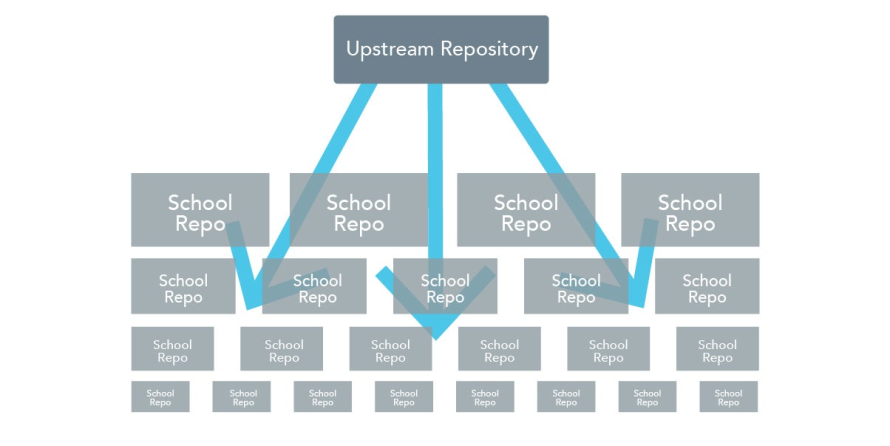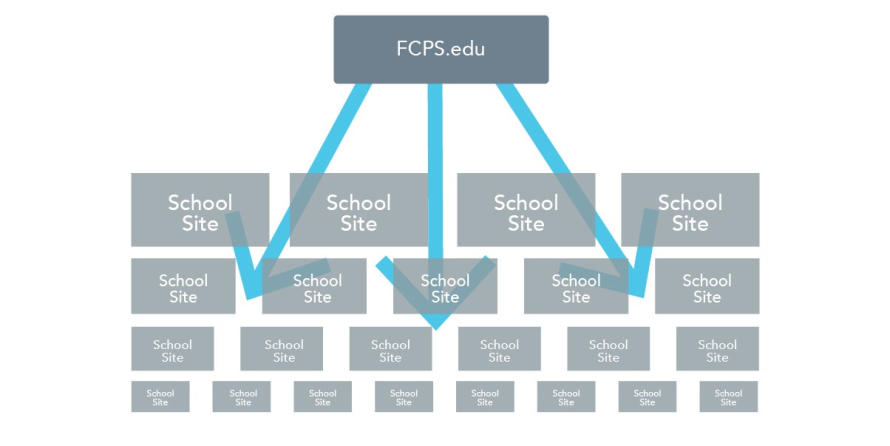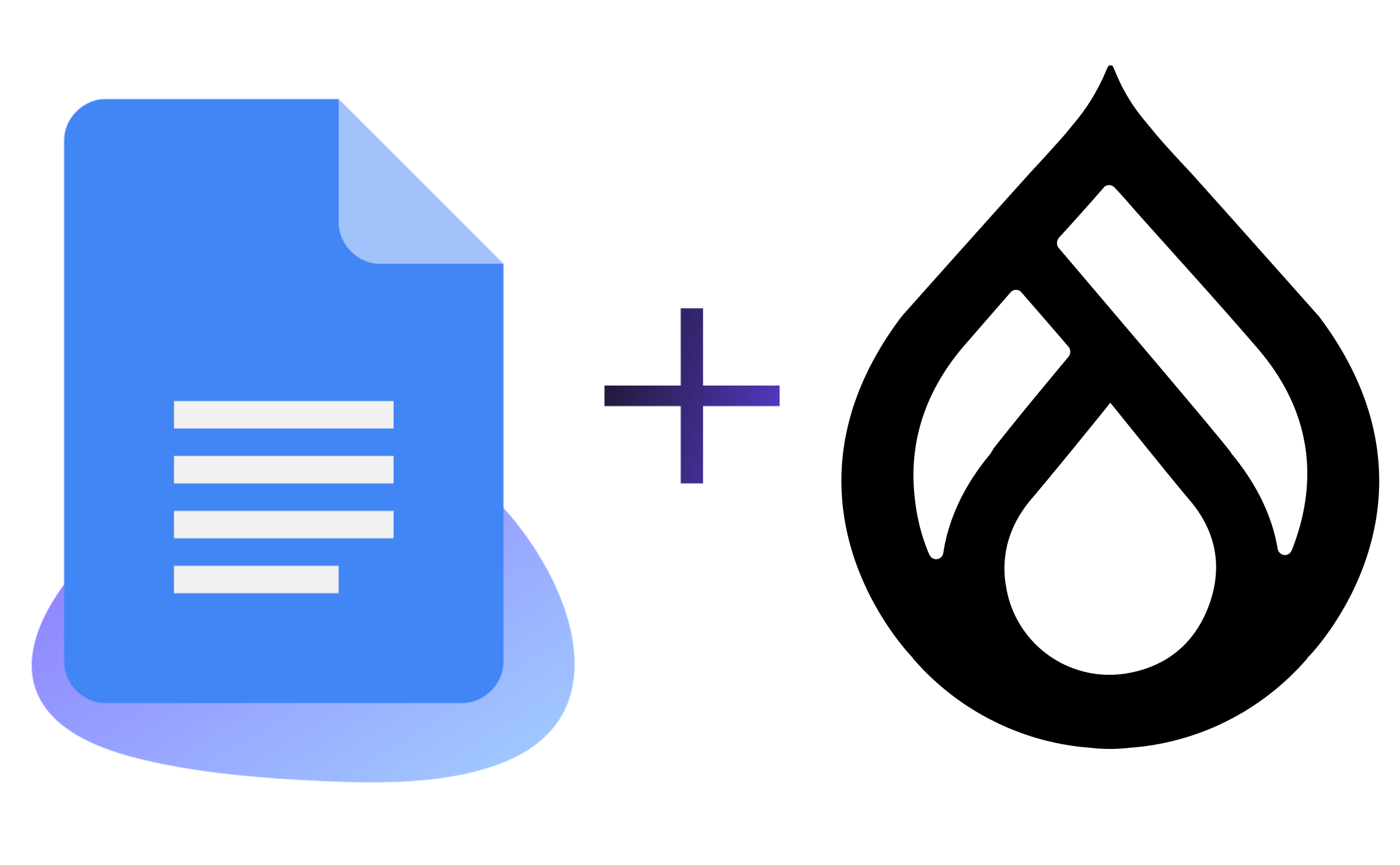Building a Network of 195 Drupal 8 Sites Using Pantheon’s Upstream
Fairfax County Public Schools (FCPS) is the largest school system in Virginia and the 10th largest in the United States, with more than 200 schools and centers serving 186,000 students. To keep this large community of students, parents, teachers, employees, and the general public informed, FCPS is building out a network of 195 school websites.
Over time and without a unified and modern content management system, FCPS faced numerous obstacles to managing its content and effectively communicating with its audiences. The school system engaged Forum One to help realize its vision of a modern enterprise web platform that connected their sites centrally. Harnessing the content creation and syndication powers of Drupal with Pantheon Custom Upstreams, Forum One developed a platform that enables FCPS to deploy, manage, and update this network of school websites from a common codebase and to easily share news, events, and alerts from a central source.
I’m Brooke Heaton, a senior developer at Forum One, and I helped lead the development of our solution for the FCPS system. In this post, I’ll discuss how we worked with Pantheon to devise a powerful solution that met a number of critical needs for FCPS. I’ll outline the modules we used to scaffold each school site starting from a Pantheon Upstream, and I’ll also dig into the tools and practices we used to quickly deploy multiple sites.
One Codebase Upstream, Dozens of School Sites Downstream
Getting the solution right for FCPS required a long-term vision that would meet a range of needs in a sustainable and scalable way. Our solution needed to:
Provide a common CMS that is user friendly, highly efficient, and cost effective
Modernize the FCPS brand with an updated visual identity
Syndicate central communications for multiple, diverse audiences
Quickly scaffold and deploy numerous new sites with common menu items, homepage and landing pages, content importers, and a unified user interface
Centrally add or remove users from a central source
While a Drupal “multisite” approach could have met many such needs, experienced Drupalists can attest that the multisite approach has been fraught with issues. We opted instead to harness Pantheon’s Custom Upstream workflow, which allowed us to unify all sites with a common codebase while also customizing each site with each school’s own configuration—allowing them to display their individual school name, logo, custom menus items, unique landing pages, and their own users.
Utilizing Upstreams, we are also able to continually develop core functionality and new features and to then propagate these updates to downstream school sites.
Image

Code Propagation: Upstream code changes are merged to downstream school repositories.
Our solution was also able to create a content strategy and governance model that allows FCPS administrators to syndicate content from a central point—the central FCPS site—to individual schools by harnessing Drupal 8’s core Views, Feeds, and Migrate modules.
Image

Content Propagation: Up-to-the minute News, Events, and Blog updates are syndicated by the central FCPS website to all school sites and imported by Feeds or Migrate.
Creating Turn-Key Sites with Drupal 8
To get where we wanted to go, the Forum One dev team utilized a suite of powerful Drupal 8 core and contributed modules that generate default-content, menus, taxonomy terms, and blocks—even images!—immediately after spinning up a new site from the Pantheon Upstream.
Key modules we used include:
Configuration Installer: A common installation profile that would import Drupal 8 configuration from a directory so that all of the core configuration of a standard FCPS school site would be there from the start.
Default Content: The ability to create generic and school system-wide content that cannot be saved in configuration and to export this in json format. Upon site deployment, the Default Content module scans the modules directory for any exported default content and adds it to the database. Brilliant!
Migrate: Now integrated into the Drupal core, the Migrate module allows us to import complex content from a central source, whether csv or xml. While the Drupal 8 Feeds module continues to mature, the Migrate module combined with Migrate Plus and Migrate Source CSV provides powerful tools to import content.
Views: Also part of Drupal core, the Views module provides powerful content. syndication tools, including the ability to produce content “feeds” in json, csv, or xml format. This allows content from the central FCPS site to be broadcast in a lightweight data format, then imported by the Feeds module on each individual school site. Triggered regularly by a cron job, Feeds instances import the latest system-wide News, Events, and Blog posts.
The FCPS Install Profile
With a solid foundation in a central FCPS site (hat tip to F1 Tech Lead Chaz Chumley), we were able to clone the central site then ‘genericize’ the initial site so that it could be customized by each school. We removed site.settings from config to prevent Upstream code from overwriting downstream site settings, such as the site name, url, email, etc. We also developed a special solution in the theme settings to allow schools adjust their site colors with a custom theme color selector. Bring on the team spirit!
With this genericized starting site in code and all pages, menus, taxonomy terms, image files, and blocks exported via Default Content, we were ready to deploy our code to the Upstream. To set up the Upstream, we placed a request to Pantheon with some basic information about our Upstream and within minutes, we were ready to deploy our first FCPS school site. Huzzah!
Spinning up a New FCPS School Site from Pantheon’s Upstream
With the installation profile complete and our codebase hosted on Pantheon’s Upstream, we could now create our first school site and install Drupal from the profile. While sites can be created via Pantheon’s UI, we sped up the process using Pantheon’s Terminus CLI tool and Drush to quickly spin up multiple sites while meticulously tracking site metadata and settings. Pantheon’s helpful documentation illustrates just how easy this is:
$ terminus site:create --org=1a2b3c4d5e6f7g8h9i10j11k12l13m14n15o our_new_site 'Our New Site Label' o15n14m13l12k11j10i9h8g7f6e5d4c3b2a1
The above command uses the format site: create [--org [ORG]] [--] <site> <label> <upstream_id>
[notice] Creating a new site...
With a site created from the Upstream codebase, the next step was to update our local Drush aliases via Terminus so that we could install Drupal from our configuration_installer:
$ terminus sites aliases
[2017-04-05 00:00:00] [info] Pantheon aliases updated
Then we run drush sa to identify the new DEV site alias:
$ drush sa
@pantheon.our-new-site.test
@pantheon.our-new-site.dev ← we will use this alias to install the site on DEV
@pantheon.our-new-site.live
With the alias for our newly created site we install Drupal from the Upstream using Drush:
drush @pantheon.our-new-site.dev si config_installer -y --notify --account-name=administrator --account-pass=password \
config_installer_site_configure_form.account.name=admin \
config_installer_site_configure_form.account.pass.pass1=admin \
config_installer_site_configure_form.account.pass.pass2=admin \
config_installer_site_configure_form.account.mail=foo@bar.bz
The above command will fully install Drupal using our configuration and will automatically add the default content provided by the default content exported to our custom module.
Once Drupal was installed on Pantheon, we added site editor accounts for FCPS and trained school staff in customizing their site(s).
What about updates?
After we deployed the first fifteen FCPS school sites and made them live to the world, it was inevitable that changes would soon be needed. Beyond the normal module and core updates, we also faced new functional needs and requests for enhancements (and yes, maybe even a few bugs that crept in), so we needed to updated our ‘downstream’ sites from the Pantheon Upstream. To do so, we merged our changes into our Upstream ‘master’ branch and within a few minutes each site displayed an update message showing that Upstream Updates are available’. This meant that we could merge Upstream changes into each school repository.
To merge these changes into each site, we once again opted for the faster approach of using Pantheon’s Terminus CLI tool to quickly accept the Upstream changes and then run update.php on each of the school sites.
$ terminus site:list --format=list | terminus site:mass-update:apply --accept-upstream --updatedb --dry-run
$ terminus site:list --format=list | terminus site:mass-update:apply --accept-upstream --updatedb
To import the modified Drupal configuration, we also had to run a drush cim --partial on each site—a step that can be further automated in deployments by harnessing yet another brilliant Pantheon tool: Quicksilver Platform Hooks. With a Quicksilver hook to automatically run a Drupal partial configuration import after code deployments, we are able to remove another manual step from the process, further speeding up the efficiency of the platform.
Is this for you?
Combining Pantheon’s Custom Upstreams with Drupal 8 and its contributed modules can unleash a very powerful solution for nearly any organization that includes sub-organizations, branches, departments or other entities. Universities, public schools, government agencies, and even private enterprises can leverage this powerful tool to maintain strict control over “core” functionality while allowing for flexibility with individual sites.


